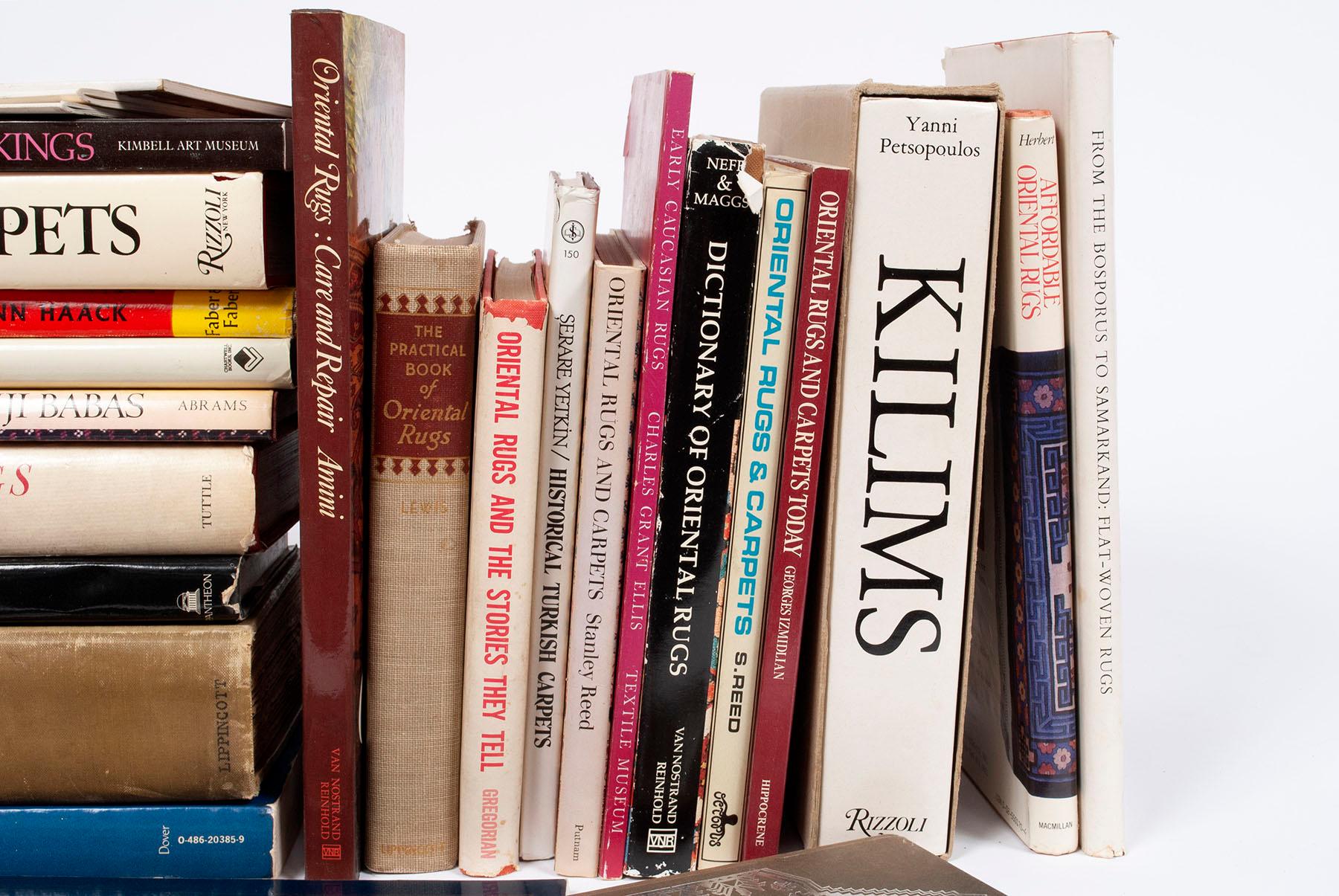Persian rural rug weaving is more than a craft; it is a living cultural archive. Iran’s villages and tribal regions are rich reservoirs of art and tradition where weaving is interwoven with daily life, especially for women. Many girls learn at the loom in childhood, and carpet-making becomes a cornerstone of family and community.
These handmade carpets and textiles serve practical needs while also carrying aesthetics, beliefs, and local history. Rural carpets share visual traits that reflect a unifying spirit shaped by close contact with nature and agrarian life.
Natural simplicity, structural honesty, and an earthy authenticity distinguish village weavings from urban and nomadic counterparts. In every sense, the traditional rugs of rural Iran are folk art in motion, a direct window into the worldview of their makers.
Cultural significance and the weavers’ role
In the countryside, weaving often runs through families as both tradition and social duty. Women and girls spend spare hours at the loom, turning wool into art that expresses personal taste and community values. Motifs and layouts recur across many villages, hinting at a shared creative language rooted in collective memory. The act of weaving doubles as storytelling: patterns handed down across generations encode legends, protective symbols, and blessings for prosperity or fertility.
These crafts are tightly integrated with rural lifestyles. Unlike urban manufactories, village carpets are typically woven at home in cottages and courtyards alongside daily chores. Designs evolve for the spaces where they live, which is why village pieces often favor smaller formats and durable structures suited to mud-brick homes, low ceilings, and even nomadic tents. Form follows function in an indigenous way, so the rugs feel native to their settings.
Weaving also sustains household economies. Local cooperatives or community programs sometimes provide materials or loans for home production, making it possible to earn income without leaving domestic responsibilities. The endurance of Persian rug weaving owes much to this role in supporting families. To admire a rural carpet is to recognize the resilience and resourcefulness of a community.

Designs and aesthetics of village carpets
Rural carpets are compelling because of the way design grows from lived experience. Village weavers work intuitively, drawing on memory and local meaning rather than strict paper cartoons. Bold geometry, simplified forms, and irregular rhythms set these works apart from the carefully drafted designs of city workshops. Asymmetry, quirky spacing, and freehand renderings are not flaws; they are signs of a living hand. The result is a sturdy, unpretentious beauty in which broken lines, stepped forms, and direct shapes provide visual weight and balance.
Motifs often abstract plants, animals, and everyday objects. A diamond or lozenge may stand for an eye that wards off harm, a row of triangles may suggest mountains or running water, and stylized blossoms hint at gardens and paradise. Designs are usually composed from memory, so each piece feels personal even when motifs are familiar.
Village art is not isolated. Influences from urban Persian carpets or European textiles frequently travel into rural regions, then get absorbed and transformed. Weavers adapt incoming motifs to local taste and the constraints of village looms. An elaborate city scroll might reappear as an angular vine; curving palmettes might become stepped rosettes. Tradition and innovation meet on the same warp.
Reflection of place and worldview
Color, composition, and layout echo the environment and daily routine. Many designs take cues from the land, the night sky, livestock, tools, and crops. This intimacy with surroundings gives rural carpets their authenticity. Read carefully, a humble rug becomes a record of how a weaver understands harmony, order, protection, and beauty.
Colors, materials, and symbolism
Color operates like a language. Traditional village palettes rely on natural dyes derived from local plants, roots, and insects, which is why warm reds, deep blues, and earth tones are so common. Madder reds often dominate, balanced by indigo blues, golden yellows from pomegranate peel or onion skins, and soft ivories from undyed wool. The overall effect is rich and warm, perfectly at home in a village interior. These hues are both practical and symbolic. Red can signify vitality and protection, blue is often used against the evil eye, green is treated with respect, and white suggests purity.
Materials matter as much as color. Hand-spun village wool carries lanolin that gives pile both gloss and durability. In some regions, goat or camel hair appears in specific sections for strength and texture. Natural dyes and hand-spun yarns introduce gentle shifts of tone known as abrash, a prized hallmark that adds depth and movement. Silk is uncommon in village work, yet when it appears it usually signals a special intention, such as a ceremonial or dowry piece.
Symbolism runs through both motif and palette. Protective amulets, fertility signs, wolf’s foot and wolf’s mouth devices, stars, and stylized flowers arise again and again. Meaning varies by region and tribe, but a common thread unites them: everyday life and spiritual belief are woven into a single surface.

Ways of seeing: anthropology and aesthetics
Rural rugs reward different ways of looking. One approach emphasizes the subjective, valuing expression, intention, and the emotions of the maker and the community that uses the rug. Another takes an objective angle, attending to formal qualities such as balance, rhythm, proportion, and harmony. Both perspectives help. Understanding the maker’s world illuminates why certain motifs, scales, and palettes persist. Studying structure reveals the quiet logic that underpins apparent naivety: gridded repeats, mirrored fields, and measured alternation often hold a composition together.
Thinkers such as Benedetto Croce, who framed art as expression, and Mikel Dufrenne, who explored the nature of the aesthetic object, offer useful lenses here. A village carpet invites both kinds of appreciation. It is a personal utterance and a composed object. Its beauty is felt in context, then recognized in form.
Rural, urban, and nomadic: a distinct category
Rural weaving stands on its own, even as it shares traits with tribal and urban work. Like nomadic rugs, village pieces value portability and direct expression. Like urban carpets, they sometimes absorb external motifs. Yet village carpets remain distinct in technique and appearance: moderate resources lead to practical constructions, semi-settled life encourages designs that mix stability with freedom, and local audiences shape taste more than distant courts. Experts can usually tell these categories apart at a glance, but the differences do more than sort objects; they trace the contours of different ways of living.

Rug Bazaar, Shiraz, Iran
Conclusion
Picture a family gathered in a village home around a newly finished rug. This is how many rural carpets come into being, produced domestically as part of everyday life. Through hand-spun wool and natural dyes, weavers translate surroundings into pattern and color: the red of soil and madder, the blue of night skies, the geometry of fields and tools. Designs that may seem simple beside urban masterpieces carry profound meaning and a practiced ingenuity. They adapt influences, fulfill domestic needs, and speak a visual language of protection, blessing, and beauty.
Folk aesthetics has its own integrity. Imperfect symmetry can still create balance. Unorthodox motifs can be deeply evocative. When the physical attributes of a rug are read alongside the cultural role of the weaver, the full scope of rural weaving comes into view. To understand a people, look at their art. The knotted rugs of Iran’s villages read like open books, telling stories of hardship and joy, environment and belief, tradition and change. In them, art and life are woven together.
Source:
Homayoun Haj-Mohammad-Hosseini, Habibollah Ayatollahi. Aesthetics of Rural Carpets of Iran.
















































Leave a comment